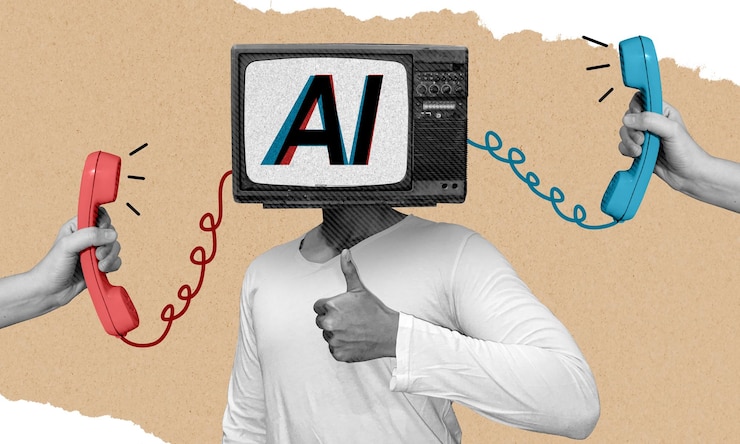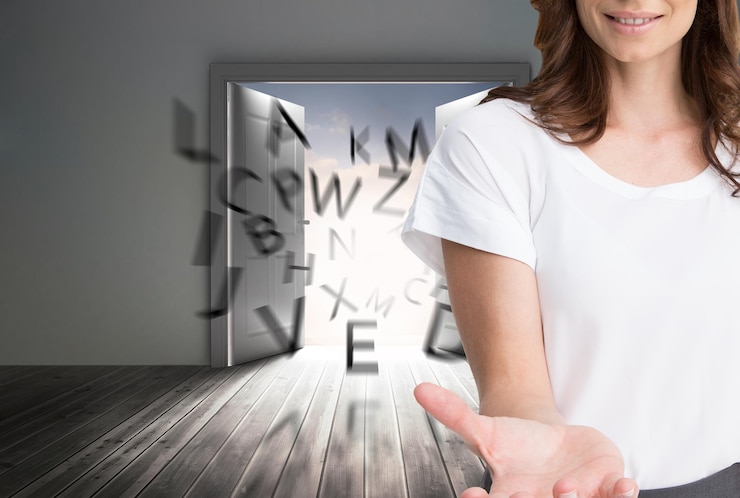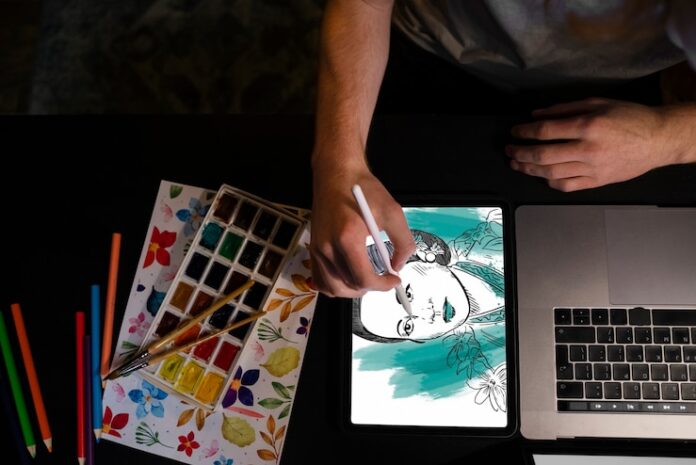The world of creativity has entered a thrilling era. Thanks to artificial intelligence, artists, designers, and even hobbyists can now turn simple words into stunning visual masterpieces. What once required hours of sketching, editing, and refining can now be done in minutes. In this article, we explore the best AI tools that help transform text into images, making creativity accessible to everyone, no design degree required.
🌟 The Magic Behind Text-to-Image AI
Text-to-image AI works using advanced models trained on massive datasets of images and captions. These tools understand how words relate to visual elements and generate pictures based on the descriptions you provide. Whether you want a dreamy landscape, a futuristic cityscape, or a surreal portrait, you can simply type it out and let the AI do the rest. This technology is changing the creative process by removing technical barriers and inviting more people to participate in visual storytelling.
Many creators now use these tools for book covers, social media content, product designs, and even personal projects. As AI models continue to improve, they offer increasingly lifelike, detailed, and customizable results. This shift empowers individuals who may not have professional design skills but possess strong creative ideas.

🎨 Midjourney: Artistic Exploration Made Easy
Midjourney has become a beloved tool for creatives seeking artistic expression. Known for its painterly, imaginative style, Midjourney produces stunning images with just a short text prompt. Users love it for its ability to interpret poetic and abstract phrases into vivid artworks. From ethereal dreamscapes to bold character designs, Midjourney has positioned itself as a favorite among illustrators and concept artists.
Midjourney also thrives in collaborative environments. Many creative teams use it during brainstorming sessions to visualize moods and concepts. It’s particularly popular on platforms like Discord, where artists exchange prompts and creations, learning from each other in the process. This tool not only speeds up the creative process but also inspires fresh ideas and experimentation.
🤖 DALL·E 3: Precision and Versatility Combined
DALL·E 3, developed by OpenAI, is another top-tier text-to-image generator. What sets it apart is its remarkable ability to follow detailed prompts with precision. You can describe intricate scenes, specify colors, styles, and even artistic influences, and DALL·E 3 will deliver surprisingly accurate results. This makes it a favorite for designers, marketers, and educators who need highly controlled visuals.
One of DALL·E 3’s standout features is inpainting, which lets you edit specific parts of an image. For example, if you want to change a background, adjust a facial expression, or add new elements, you can do it seamlessly. This flexibility transforms DALL·E 3 from just a generator into a true creative partner.
🚀 Stable Diffusion: Open-Source Powerhouse
Stable Diffusion is an open-source alternative that has won over tech-savvy creators and developers. Unlike some commercial tools, Stable Diffusion can run locally on a powerful computer, giving users more control over their projects. Artists love it because they can fine-tune the model, experiment with different styles, and even train it on custom datasets.
For many, Stable Diffusion represents the cutting edge of generative art. It’s widely used in the gaming industry, fashion design, and animation because of its flexibility and adaptability. Though it may require more technical know-how, it rewards users with unmatched creative freedom.

✨ Top Use Cases of Text-to-Image AI
Text-to-image tools are transforming industries across the board. Here are some of the most exciting use cases where AI-generated art is making an impact:
- Marketing and Advertising: Brands create custom visuals for campaigns without expensive photo shoots.
- Publishing: Authors design unique book covers and illustrations that match their stories.
- Social Media: Influencers and businesses generate eye-catching content that stands out in busy feeds.
- Product Design: Inventors visualize prototypes or product variations before production.
- Education: Teachers craft engaging visuals for lessons and materials.
These tools are not just for professional use; hobbyists also use them for personal expression, from birthday cards to fan art.
💡 How to Get Started with AI Art
If you’re new to AI art, the best way to begin is by experimenting. Start with free or freemium tools to get a feel for how they work. Focus on writing clear, imaginative prompts and observe how different platforms interpret them. Over time, you’ll learn to craft more effective prompts and discover which tool fits your needs best.
Here are a few tips to enhance your AI art journey:
- Be specific in your prompts. Mention colors, moods, and details.
- Experiment with styles, like surrealism, realism, or minimalism.
- Refine results by adjusting the prompt or using editing features.
Once you gain confidence, you can move on to more advanced tools or even combine multiple platforms for unique effects.
🛠️ Challenges and Ethical Considerations
While AI art tools offer incredible benefits, they also come with challenges. Copyright issues, data privacy, and potential misuse are growing concerns. Many artists worry about AI models trained on their work without consent. As users, it’s essential to stay informed about how these tools operate and to use them responsibly.
It’s also worth noting that AI-generated art sometimes lacks human nuance or emotional depth. While the images are often beautiful, they may miss the subtlety a human artist can bring. Balancing AI-generated elements with human creativity can result in more meaningful and original work.

🌍 The Future of AI and Art
Looking ahead, AI art is poised to become even more influential. As models improve, we’ll see better realism, richer styles, and more interactive features. Artists might collaborate directly with AI in real time, shaping works dynamically. We may also see AI tools integrated into everyday platforms, making creativity a regular part of our digital lives.
More importantly, AI democratizes art. People from all backgrounds, regardless of artistic skill, can now bring their ideas to life. This opens doors for new voices and stories, enriching the cultural landscape.
Conclusion
AI tools that transform text into images are revolutionizing the creative world. From hobbyists to professionals, anyone can now turn thoughts into breathtaking visuals. Whether you choose Midjourney for its artistry, DALL·E 3 for precision, or Stable Diffusion for flexibility, these tools can supercharge your imagination. As with all technology, combining it with thoughtful creativity and ethical awareness will lead to the most rewarding results.


